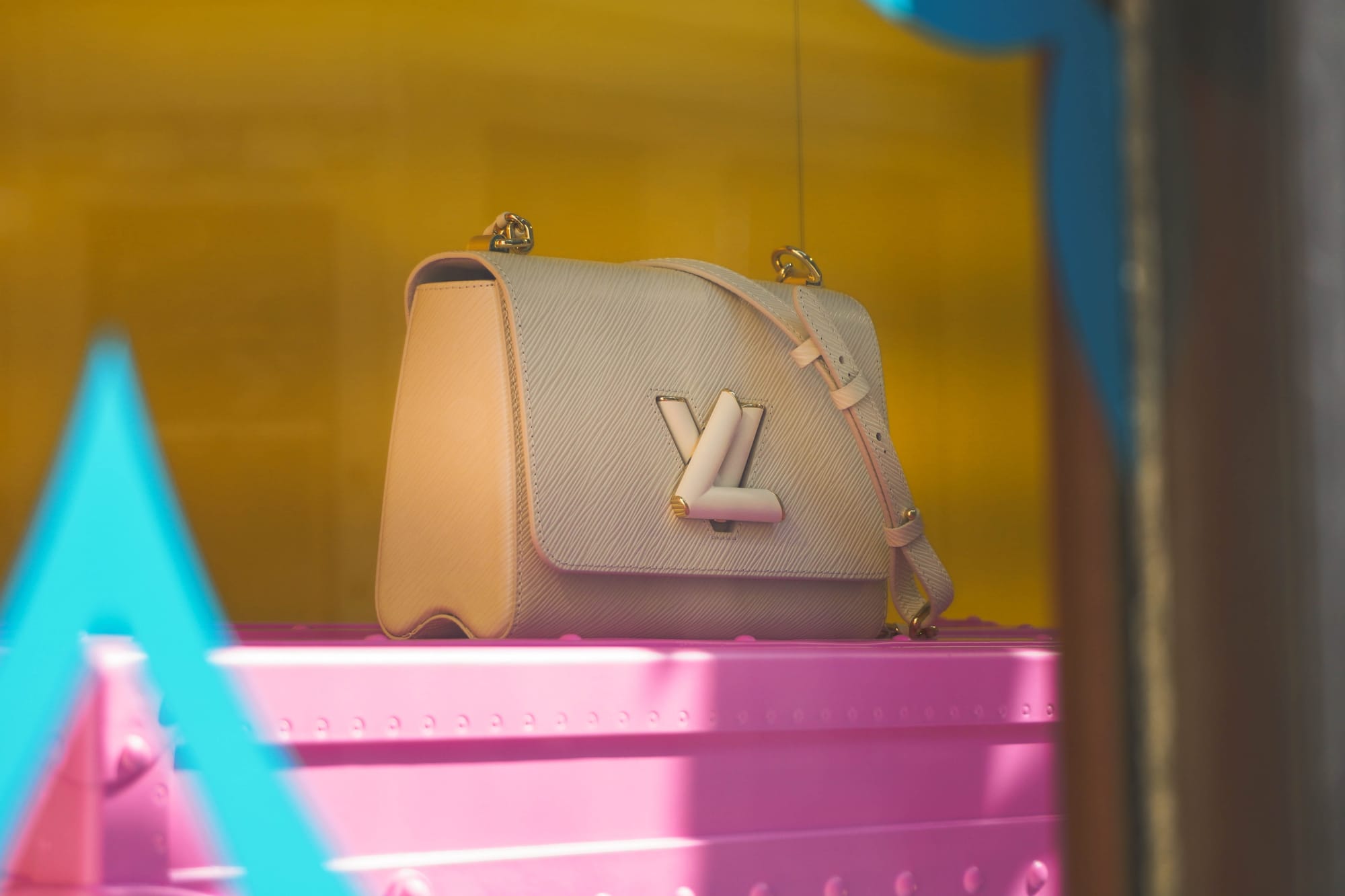Like all things that exist in the market, you price your products based on how much the market will pay for it. Not based on your cost to produce, not based on how much you ‘think’ it should sell for and definitely not based on what your mom thinks it’s worth. The market decides the price, period.
Unless, you’re a luxury brand. While the rule doesn’t cease to exist, it definitely gets a bit diluted. Pricing is and always has been a very tricky subject, especially so for luxury brands. But it’s common knowledge that the industry enjoys higher profit margins than most others.

So, I set out to answer the question: How high is too high?
It’s an interesting and difficult question. But let’s take a jab at it.
Before we move any further, I must make it absolutely, abundantly clear that Luxury ≠ Expensive. Atleast not most of the time. And definitely not to the discerning customer.
Now to the answer.
Components of Price
The price of a luxury good is driven by two factors: functionality (negligible) and intangibles (most of it). What are these intangibles?
The entirety of the luxury industry thrives on something called ‘Added Luxury Value’. It’s like fiat currency. Everyone agrees that a piece of paper is worth a certain amount. And it’s the exact same thing. Only here, that mutual agreement is commonly termed as ‘brand equity’. ALV is the indicator brands use to get a bearing on the intangible components of their pricing.
To understand what goes into ALV, we must first look at ‘Identity’. Why do people buy a Rolls-Royce? Or a Patek Philippe? Or a Louis Vuitton? It’s because they want to be ‘perceived’ a certain way. Research exists to indicate that sporting luxury goods results in people (read: society) perceiving you with more desirable adjectives; such as smart, bold, strong-willed, influential and charming. You may not be any of those. But the fact that you use certain luxury brands apparently signal them, and quite strongly too.

But social status isn’t the only component of ALV. When you take two different luxury brands, ALV is a blend of several unique elements, which combine to shape the brand experience. If the brand experience offers something truly unique and worth paying, then brands can price relative to their ALV. Truth is, most luxury brands don’t accurately measure their ALV, and end up underpricing their brands. This is a mistake that cannot be easily fixed. And they end up stuck with their decisions, skipping on potential profits and brand equity.
Selling a Luxury Product
We’ve established that ALV or brand equity (simpler but not all encompassing) is the key driver of price for a luxury good, let’s now see how brands foster it.
The primary and for most, the method of choice, is storytelling. Luxury brands are always big on their story and it’s what sets them apart from every other brand out there. This is how it basically goes:
They’ve got a strong story, which they build upon to bring together and nurture a community of like-minded people (a.k.a customers). This community basically has to believe that they’re different from the rest because they own a product made by *insert random prestigious luxury brand*. And that’s just how it works. It does work splendidly well though.

This superficial signalling has served luxury brands well for the better part of the past half century.
However, this is now changing. Thanks to an increasingly relevant category of luxury consumers, the Gen-Zs. The legacy, the story and the exclusivity is no more enough. Luxury brands functioned (and flourished) until now without really considering the consumer. If you were rich enough, you purchased it. That would still work, except for the rapidly growing experience economy.
Justifying Prices in the Future
Brand experience has always been a key component of ALV. With the increasing Gen-Z consumer base, its relevance is only increasing. They demand distinct, reflective and rich experiences that can truly stimulate the senses.

Luxury brands today are competing with retail and marketing experiences put out by non-luxury brands like Apple and Nike. It’s no more enough to just be glitzy and plush, a brand’s unique story needs to be sold in the experiences that it creates and fosters. And these need to be sold continuously.
Luxury brands were slow to embrace social media. Even today, the social media practices they indulge in are mostly outdated. To cater to an audience that lives on the internet more than on the streets, it simply isn’t enough. Content, content and more content is how luxury brands must cater to their new audience.
The catch here is that the story has to be continuously sold not just to clients, but the world. This has always been true for the industry. Luxury markets to all of society. How else would you socially signal your riches and sophistication? Everyone must know that your new Louis Vuitton is an expensive, ‘well-crafted’ bag you probably could have done without but purchased anyway because, *cough* taste.
Thankfully, this sort of superficial luxury signalling is changing 🥂, led by digitally immersed Gen-Zs who’re giving importance to the brand experience above anything else, including their products. Luxury brands have had to double down on their core values, their legacy, their methodologies and on all elements that encompass their ‘brand’. And this info needs to be broken down, reassembled, wrapped up beautifully and experientially fed to both prospects and society at large.
The game has changed and the industry has been forced to become more transparent. Like the pandemic revealed, brands who can’t close deals online have a tough time ahead. Moreover, digital storytelling is gaining rapid prominence over traditional, physical storytelling.
Luxury and Discounting
There’s another huge, very interesting problem with pricing in the luxury industry. Remember that Rolex Submariner that you paid an arm and a leg for? What happens if Rolex tomorrow decides to sell their remaining stock of Submariners at a 30% discount? Impossible, I know. But it’s fun to imagine. You’d feel ripped-off and you’ll probably never buy a Rolex again.
This is an example of how a luxury brand can go ahead and instantly destroy all the brand equity they’ve built, simply by discounting. Struggling luxury brands like Burberry and Ralph Lauren discounted prices during the pandemic, and they’re now in intensive care with bleak prospects for the future.

This equity equation is one that can be witnessed only in the luxury industry. Discounts are desirable in every other industry and sector. But in luxury, ‘discounts’ are not part of the playbook.
TLDR; discounting your luxury brand’s products is murdering your brand.
To Conclude
The idea isn’t to look ‘too expensive’ or like a fake luxury brand (too cheap). It’s to create extreme value by virtue of your brand so that you can price your products proportionately. If you’re a luxury brand manager reading this, get that your product has to be excellent, but it contributes little to the price. And if you’re a luxury consumer, understand that prices of luxury products are justified by the value of the brand that sells them and not the product itself.
This holds true for traditional luxury experiences too. If you’re staying at a Bvlgari resort, it’s mostly because you have a certain expectation from the brand. Regardless of how good the stay is, it’s simply thrilling to stay at a Bvlgari. If the property slashed prices during the same time next year, it wouldn’t remain as exclusive and you’d be hesitant to return. However, luxury hospitality is a different ballgame altogether and while the same basic rules of ALV apply, there are a lot more influencing factors that determine the price of a room per night. That said, dynamic pricing is for loser luxury brands.
We’ll explore that later. For now, know that no price is too high for a luxury product. A brand can be built to be more valuable than gold or oil. Meaning, there is no upper limit to how expensive a luxury product can be. If the brand is worth it, there’s enough people willing to pay for it.
